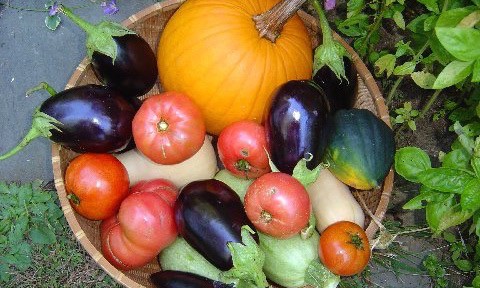A recent study titled Investing in the Transition to Sustainable Agriculture quantified the amount of U.S. Department of Agriculture (USDA) dollars funding sustainable agriculture research and development through its Research, Education, and Economics (REE) Program. The study, conducted by Marcia DeLonge of the Union of Concerned Scientists, Albie Miles of the University of Hawai’i, and Liz Carlisle of the University of California at Berkeley, was recently published in journal Environmental Science & Policy. It identified how many USDA-backed projects dealt with sustainable agriculture, determined which specific aspects of sustainable agriculture they dealt with, and then analyzed the extent to which they were funded.
The study found that, in 2014, there was a total of 824 research studies supported by the USDA’s Research, Education, and Economics (REE) Program, the federal unit most likely to fund projects directed at improving the environmental and public health performance of the United States food system. Study authors grouped each research project into four categories based on what components of sustainable agriculture, if any, it included. The groups were formed around the following four practices: 1) improving net efficiency by reducing fertilizers, pesticides, and other inputs; 2) substituting unsustainable growing techniques for sustainable ones like composting and applying integrated pest management; 3) redesigning systems based on ecological principles such as selecting locally adapted varietals and protecting pollinators; and 4) reconnecting producers with consumers to support societal transformations in the food system. Studies that dealt exclusively with the symptoms of unsustainable practices or those that were unrelated to sustainable agriculture at any level were placed in separate categories as such.
DeLonge, Miles, and Carlisle made particular note that the research studies included in their analysis are related to, but not necessarily focused on, sustainability. Even when taking this conservative approach, the study found that over 50 percent of the 824 USDA-backed studies didn’t include any components relating to sustainable agriculture, and were therefore placed in “unrelated” categories. Of the US$294 million REE dollars going to fund environmental and agricultural research, 52 percent could be considered related to sustainable agriculture at some level.
However, the study reports that a much smaller portion of the funding was directed at research projects that reflected agroecological systems as a whole. Projects were determined to have a focus on agroecology if they contained the third sustainable practice listed above. The study found that only 10 percent of all analyzed funds were allocated toward these types of projects.
DeLonge, Miles, and Carlisle concluded that the data reveals a dearth of funding for agroecological research and “an urgent need for additional public funding for systems-based agroecology and sustainable agriculture research.” The study authors suggested that it would be “strategic to invest in large-scale transition to a more sustainable agri-food system” through increased funding and support.






